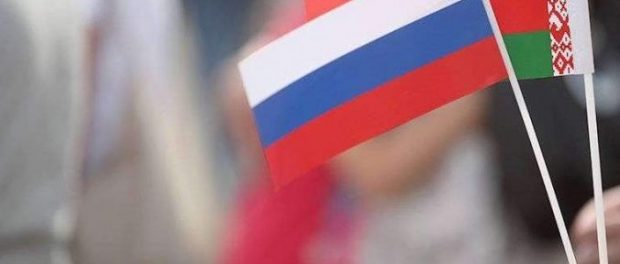Integration of Belarus and Russia: what has been done during 4 months

Minsk and Moscow have advanced by about 30% in the implementation of the integration maps. Now special attention is focused on the following areas: the tax sphere, customs cooperation, and the formation of a unified gas market.
The processes in the customs and tax spheres have already moved forward. Last week the Prime Minister of the Russian Federation Mikhail Mishustin approved a draft agreement with Belarus on the harmonization of customs legislation and cooperation in this area.
According to the attached draft agreement, in particular, the two countries will create an interstate center in the structure of the Customs Committee of the Union State. It will be located in Minsk. In addition, the document provides for the organization of joint customs control, harmonization of approaches to statistical recording of mutual trade and information interaction.
In turn, Belarus has zeroed out the environmental tax on transportation of petroleum products, which was introduced in January 2020. In addition, the income tax rate of 50% was abolished for organizations transporting oil and (or) oil products in transit through the territory of Belarus by trunk pipelines. These decisions are taken retroactively, as they apply to relations arising from January 1, 2022.
Minsk introduced these taxes at the height of the oil dispute with Russia and motivated it by the formation of a source of funds to eliminate possible environmental consequences in case of an accident on the pipeline or other unforeseen situations. In 2021, the management of the Russian pipeline monopoly Transneft complained that their Belarusian subsidiary, Zapad-Transnefteprodukt, had become so unprofitable because of the increased tax burden that it was considering closing the company in Belarus.
One of the “roadmaps” implies the convergence of payment systems and improvement of cross-border exchange of financial information. “Mir” and “BELKART” have been integrating since 2018. Thanks to this, holders of Belarusian cards can use them not only at home and in Russia, but also in other countries that cooperate with the Mir payment system. For example, in Armenia, Kazakhstan, Uzbekistan, as well as in Turkey and Vietnam. January 1, 2022, banks and stores in Belarus will be obliged to accept “Mir.
At the end of 2021, all Belarusian banks joined the System of Financial Communication of the Central Bank of Russia (SPFS), which is an analogue of the international system of interbank payments SWIFT, and was specifically designed to protect the country from disconnection from the system in case of sanctions.
Last week, the Russian authorities promised Belarus to refinance its debts to foreign creditors, primarily Russia itself and the Eurasian Fund for Stabilization and Development (EFSD) under its control. However, now we are talking about the amount within $1 billion.
As for the transport and logistics sector, Putin initiated construction of a port near St. Petersburg to handle Belarusian goods. Belarus will have at its disposal a terminal for handling fertilizers under construction as part of the Primorsky universal transshipment complex. Presumably, the Russian side will allocate a loan of up to $500 million for this purpose. The designed capacity of the terminal is 5 million tons a year with a potential increase to 7 million. The terminal will be 100% owned by Belarus.

Leave a comment